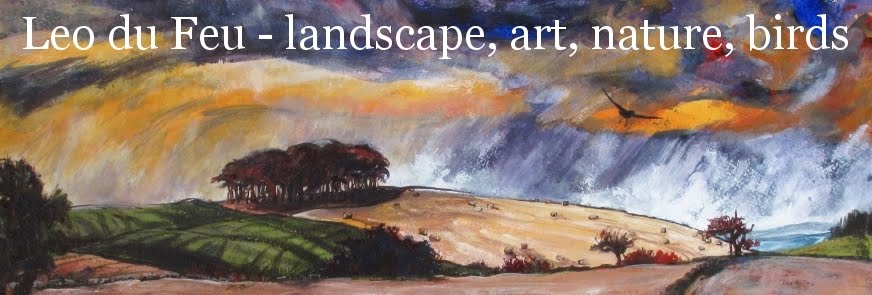My monthly BTO WeBS count along the Union Canal, Linlithgow to Philpstoun,
Thursday 18th April 2013.
Start time 8.20am
Turnaround time 10.15am
End time 11.20am
The whole morning there was an incredibly strong wind blowing west to east. The return leg of the journey was pretty hard-going and it was impossible to hold binoculars steady enough to scan for the regular snipe at the flood-field. They may have been there but I just couldn't tell.
Flood-field was looking a little less flooded than recently, the areas of water more patchy. I wonder if there are attempts to drain it.
Migrants returning:
Crouching half way down the banking, attempting to steady my binoculars against the wind, I eventually managed to see that the light sandy blobs running around at the edge of the flood-field were wheatears. At least two males and three females. Possibly more of either or both. In the same area were two lapwings. One looking very much as if it might be sitting on a nest: they nest out in the open in a shallow 'scrape' in the ground; they need a clear view all round to watch for predators. Read more here. (You can easily see how human activity might cause nests to fail.)
As I approached Philpstoun suddenly several willow warblers were singing their beautiful descending trill beside me. My first of the year. I got good views as they flitted to and fro across the canal and sang from small trees on either side.
As well as resident chaffinches, tits and goldcrests in the Philpstoun wood, chiffchaffs were singing. So four migrant species on the whole walk, all freshly arrived from their African wintering grounds: chiff chaff, willow warbler, wheatear and sand martin.
On my way back I found a crow beside the towpath, head tucked deeply into its feathers but showing blood on top. It was gently shaking or shivering and obviously had been hurt. It didn't notice me for several minutes even though I was so close. Suddenly it did, and flew away to alight in a tree beyond the Linlithgow allotments. I think it had probably been blown into the overhead cables by the gusting wind.
 |
| count notes, 18.04.13 |
Water birds using flood-field:
mallard - 1
lapwing – 4
shelduck – 1
pied wagtail – 4
Non-water birds using flood-field:
wheatear – 5+
skylark – 2+
sand martin – 1
starlings
All other water birds eligible for WeBS count:
mallard - 11
moorhen – 1
pied wagtail – 1
cormorant – 1
lesser black-backed gull - 11
common gull - 1
black headed gull – 6
herring gull – 9
All non-count birds seen:
chiff chaff
willow warbler
wheatear
sand martin
siskin
goldcrest
skylark - singing intently at various points along the route
tree sparrow
house sparrow
yellowhammer
goldfinch
chaffinch
greenfinch
collared dove
song thrush – two, foraging beside a blackbird in fresh-ploughed field
robin
wren
dunnock
blackbird
magpie
crow
rook
jackdaw
blue tit
great tit
coal tit
starling
woodpigeon
feral pigeon
geese – too poor a sighting to identify, but one of the grey species. Flying overhead rather than using canal or surrounding fields.
Total 40 species seen.
 |
| two lapwings and a wheatear genuinely are in this photo |
 |
| a pair of skylarks, camouflaged on freshly ploughed earth |
 |
| one of the skylarks begins its songflight |
Perhaps I need to hire a photographer...

No comments:
Post a Comment